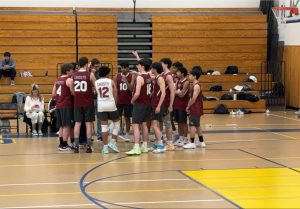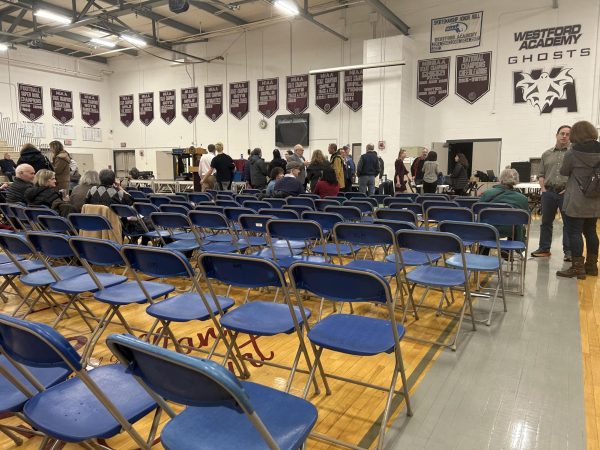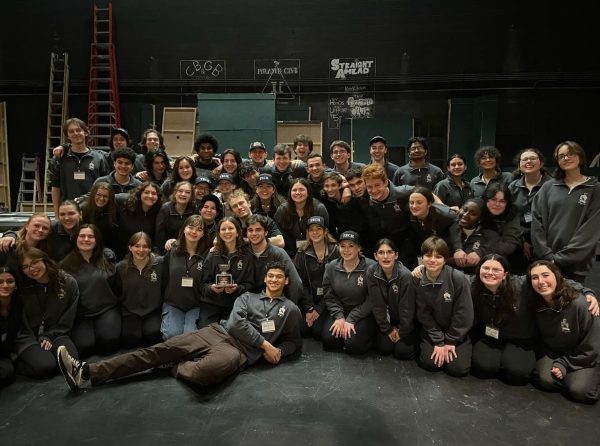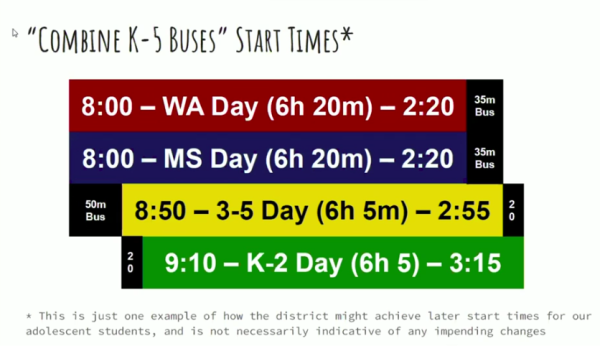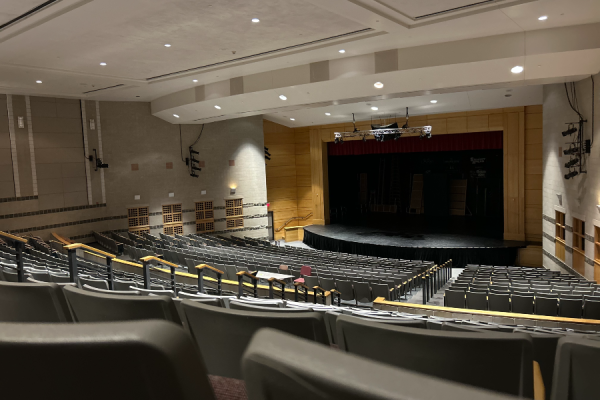What you need to know about the school budget cuts
March 23, 2019
On Saturday, Mar. 23, Westford will be holding its annual Spring Town Meeting from 8 a.m. to 4 p.m., where it will be finalizing the budget for the upcoming fiscal year, FY20.
The school system is taking a substantial hit, with $1.2 million of budget cuts that puts several school programs on the chopping block. The situation, its causes, and its effects for future years can be confusing to decipher. Here is the breakdown of what happened leading up to this budget crunch and what it will mean for students in the future.
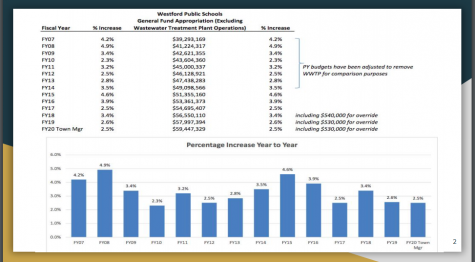
1. The budget crunch that the town is facing cannot be attributed to any one issue.
The town has recently experienced a sudden increase in population, and new residential areas are being built to accommodate. This is also leading to an increase of new students in the school system. Furthermore, Westford is classified as a middle-income town, so the town receives a lower amount of state aid, and at the same time there are low revenues from taxes. The town’s current resources are making it difficult to fiscally support the school system.
2. This fiscal year is not the first to face significant cuts — it’s just the first time they’ve affected the school system so prominently.
WPS has avoided serious consequences from budget complications, since town meeting often prioritizes the school system when finalizing budget allocations. In addition, the central administration has made what School Committee Member Gloria Miller calls “creative cuts” in order to make sure the cuts do not affect students. There have been years in the past where a similar amount of money has been cut, she said, but town residents were not aware because they were not seeing the direct impact on programs and teacher hiring.
3. Much of the budget concern comes from the fact that enrollment will be going up in future years because of the new apartment units being built, but the teachers that will be needed to accommodate that are not covered in the FY20 budget.
These growth hires were included in Superintendent Olsen’s original budget request, but were eliminated because of a lack of funding. The town government and the school system originally had an agreement called a Memorandum of Understanding that stated that the town would fund the growth hires if enrollment went up, but the memorandum was recently scrapped in favor of a verbal agreement that the town and school system would work together to make the budget work with new growth.
We don’t know where the money for those growth hires, if needed, will come from. Selectman Mark Kost stated in an interview that they could be placed in the FY21 budget, or that taxes may be changing in upcoming years.
School Committee Member Gloria Miller stated that the most concerning aspect of the new plan is that the school has to hire at the end of the summer as opposed to earlier in the year.
4. It’s going to be difficult to change things on March 23, budget-wise.
The town has to maintain a balanced budget, and with finite resources, adding to the school budget will take away from other departments, many of which are also under-funded. The town committees, Board of Selectmen, and Town Manager Jodi Ross have spent months minimizing damages with the available budget.
“If you want to make a difference, stay vigilant and involved throughout the year, starting in the fall,” says Miller.





